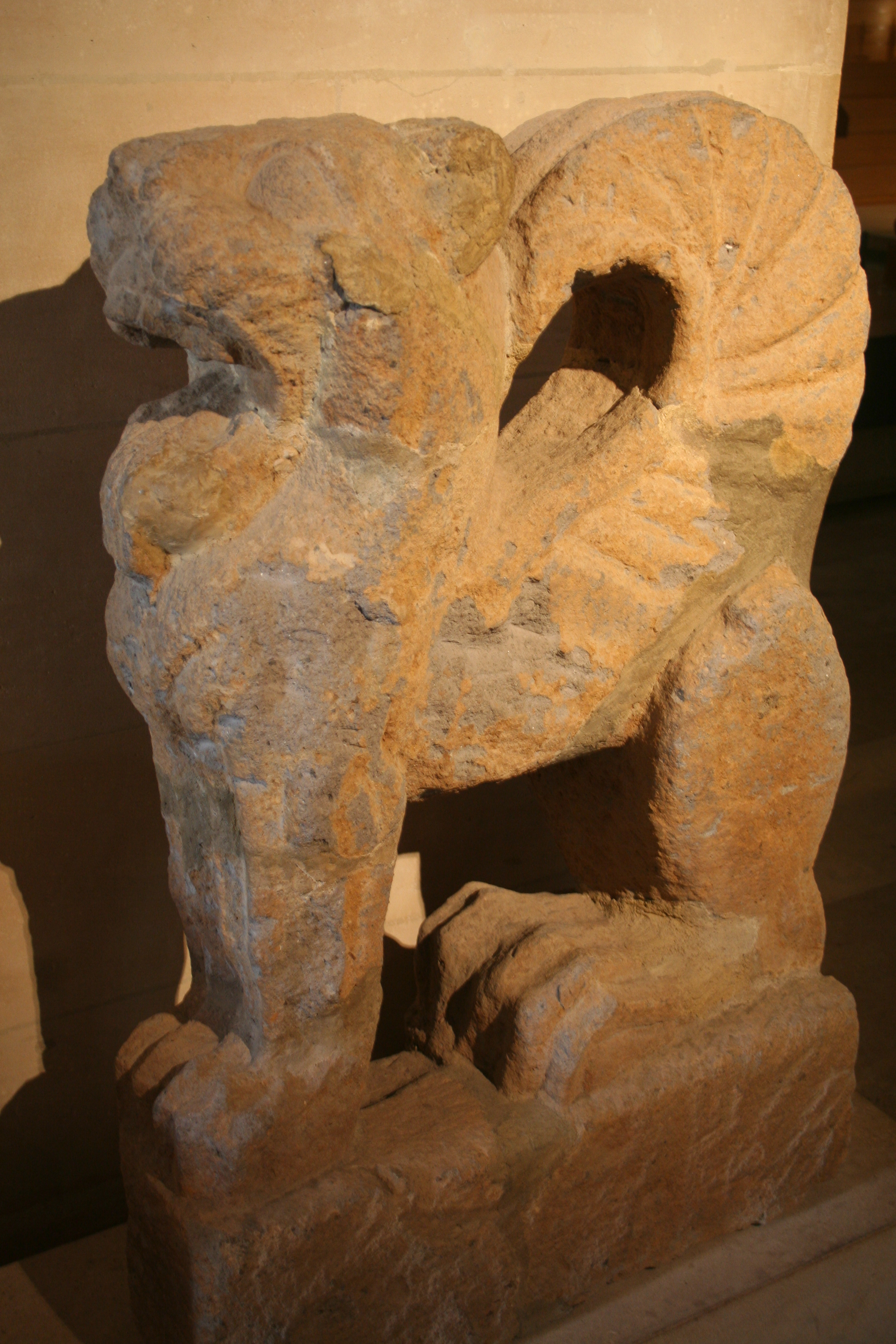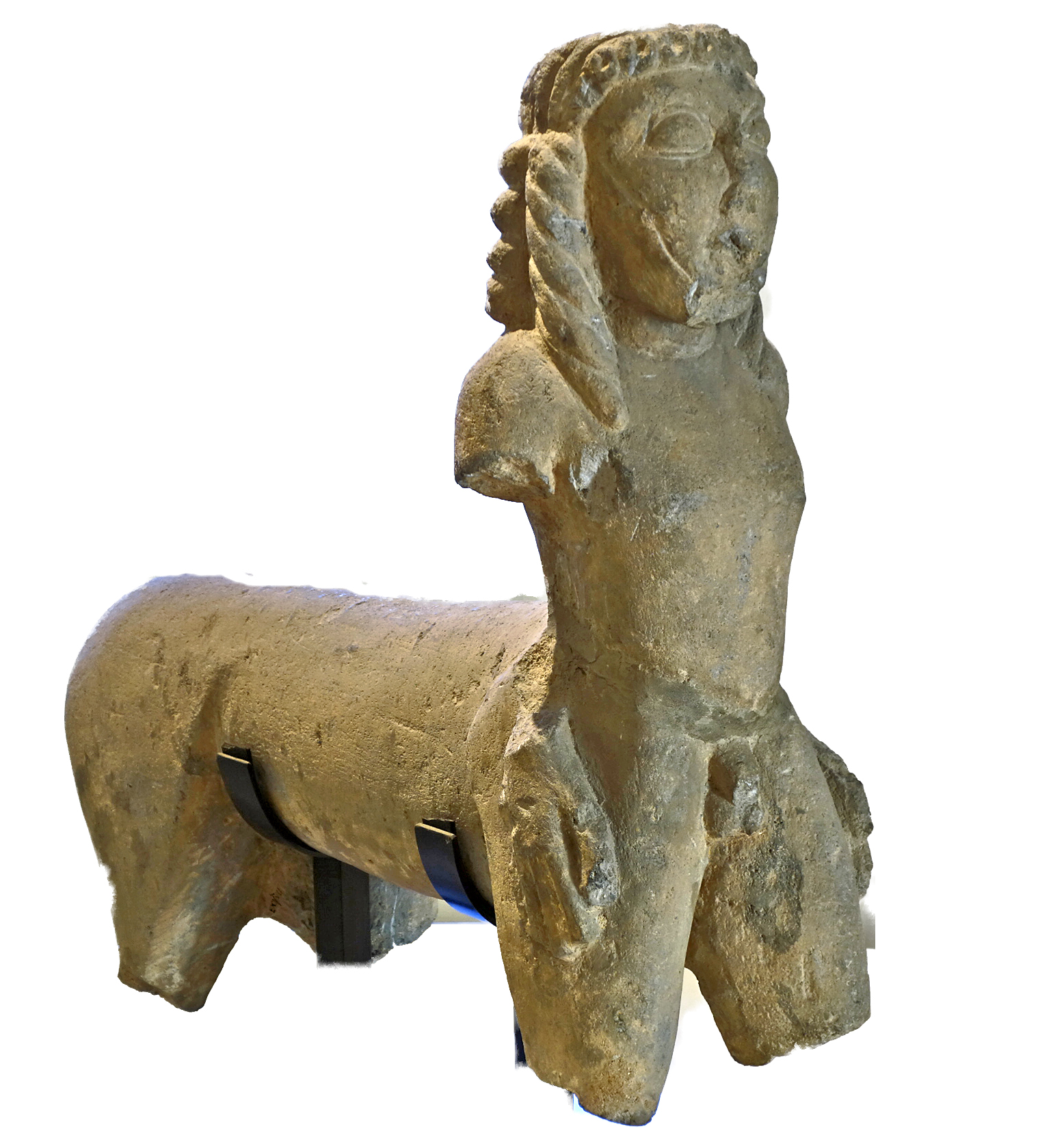nenfro on:
[Wikipedia]
[Google]
[Amazon]

 Nenfro is a
Nenfro is a ''Œuvres d'art étrusque découvertes à Castro''.
/ref>
volcanic rock
Volcanic rock (often shortened to volcanics in scientific contexts) is a rock formed from lava erupted from a volcano. In other words, it differs from other igneous rock by being of volcanic origin. Like all rock types, the concept of volcanic r ...
, gray tuff or banded trachyte (Brocchi) or leucite phonolite lava (Rosenbusch) with a soft but compact structure, typical of the Viterbo
Viterbo (; Viterbese: ; lat-med, Viterbium) is a city and ''comune'' in the Lazio region of central Italy, the capital of the province of Viterbo.
It conquered and absorbed the neighboring town of Ferento (see Ferentium) in its early history. ...
region that the Etruscans
The Etruscan civilization () was developed by a people of Etruria in ancient Italy with a common language and culture who formed a federation of city-states. After conquering adjacent lands, its territory covered, at its greatest extent, rou ...
used in their sculptures of northern Lazio Cimini hills
The Monti Cimini, in English: Cimini Hills, are a range of densely wooded volcanic hills approximately north-west of Rome. They are part of the Antiapennine range, facing the Apennines main range towards the Tyrrhenian Sea. They are situated i ...
near Rome, Italy.
* The Winged Lion of Vulci
The Winged Lion of Vulci is a nenfro sculpture of a lion with wings, carved between 550 BC and 540 BC and discovered in excavations of the necropoli of the Etruscan city of Vulci. It is now in the Louvre
The Louvre ( ), or the Louvre Museum ...
, in the Louvre
The Louvre ( ), or the Louvre Museum ( ), is the world's most-visited museum, and an historic landmark in Paris, France. It is the home of some of the best-known works of art, including the ''Mona Lisa'' and the ''Venus de Milo''. A central l ...
* The Centaur of Vulci
The Centaur of Vulci is a statue of the Etruscan Orientalising period, discovered in Vulci near Etruscan Viterbo, now in the collection of the National Etruscan Museum of Villa Giulia in Rome.
History
The statue was discovered in a private tom ...
, preserved in the Villa Giulia
The Villa Giulia is a villa in Rome, Italy. It was built by Pope Julius III in 1551–1553 on what was then the edge of the city. Today it is publicly owned, and houses the Museo Nazionale Etrusco, a collection of Etruscan art and artifacts.
Hi ...
in Rome
* The sarcophagus of Laris Pulena MS 3488 of Civita Musarna Civita may refer to:
Places
Italy
* Civita, Calabria, a ''comune'' in the Province of Cosenza, Calabria
*Civita Castellana, a ''comune'' in the Province of Viterbo, Lazio
*Civita d'Antino, a ''comune'' in the Province of L'Aquila, Abruzzo
*Civita ...
.
* The sarcophagi figured at the galleries and the entrance to the Tarquinia National Museum
The Tarquinia National Museum ( it, Museo Archeologico Nazionale Tarquiniense) is an archaeological museum dedicated to the Etruscan civilization in Tarquinia, Italy. Its collection consists primarily of the artifacts which were excavated from the ...
One of its features is to take a pinkish tint when drying./ref>
References